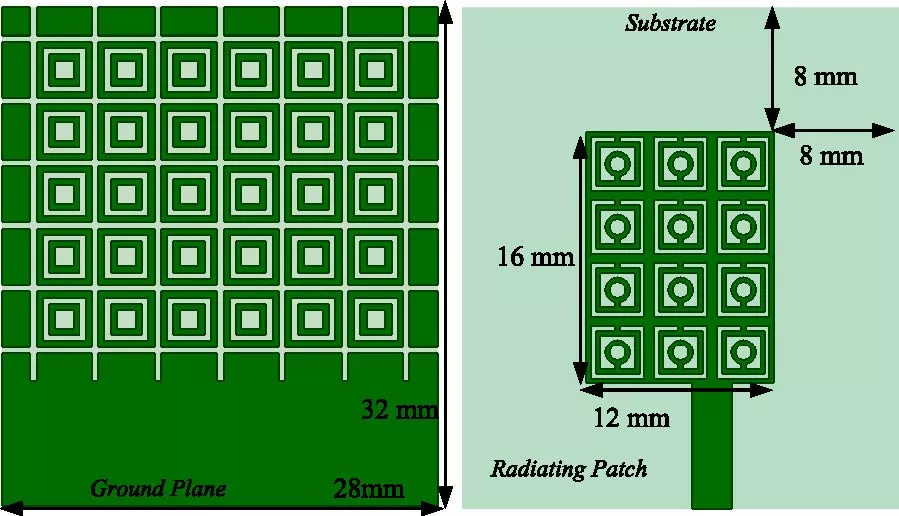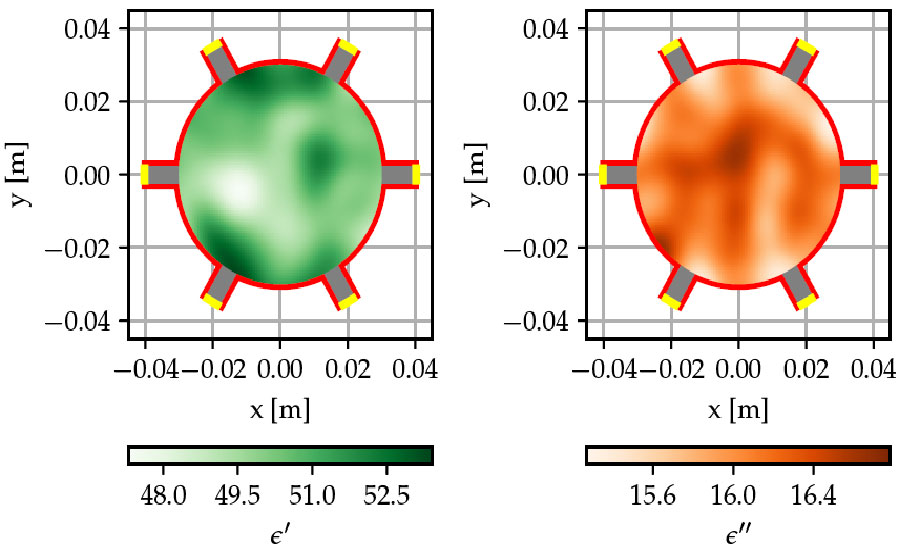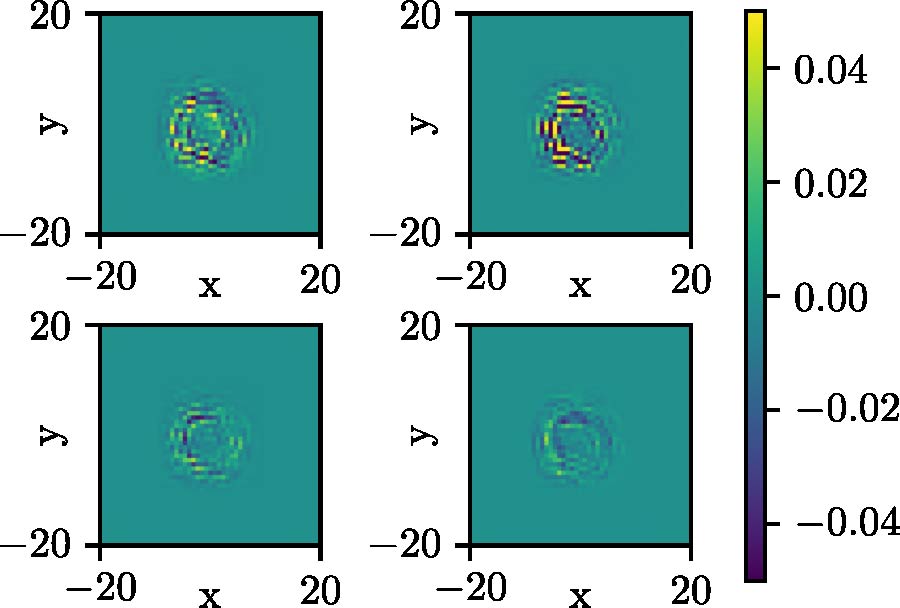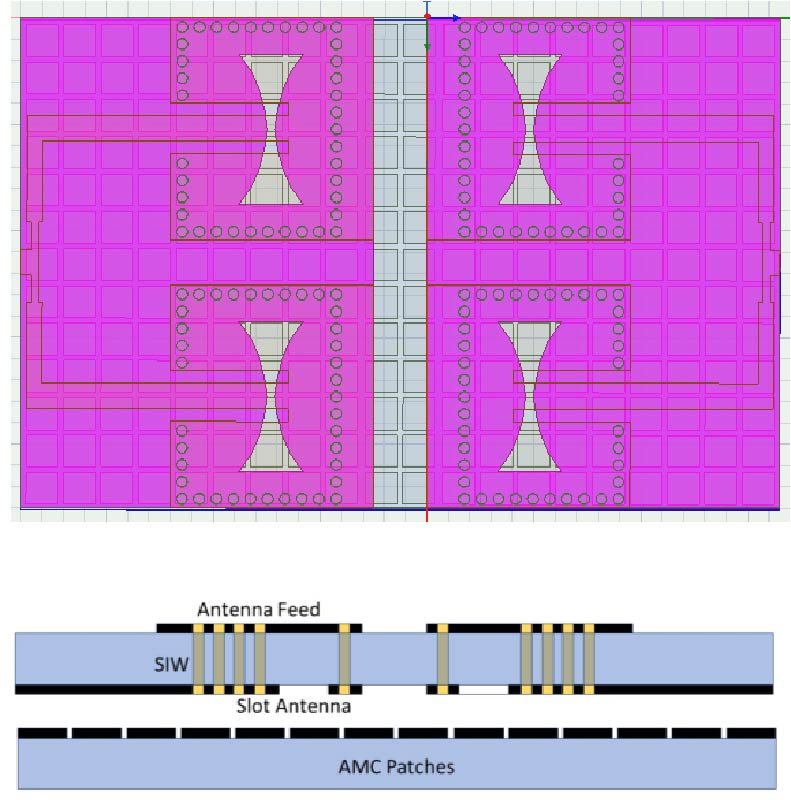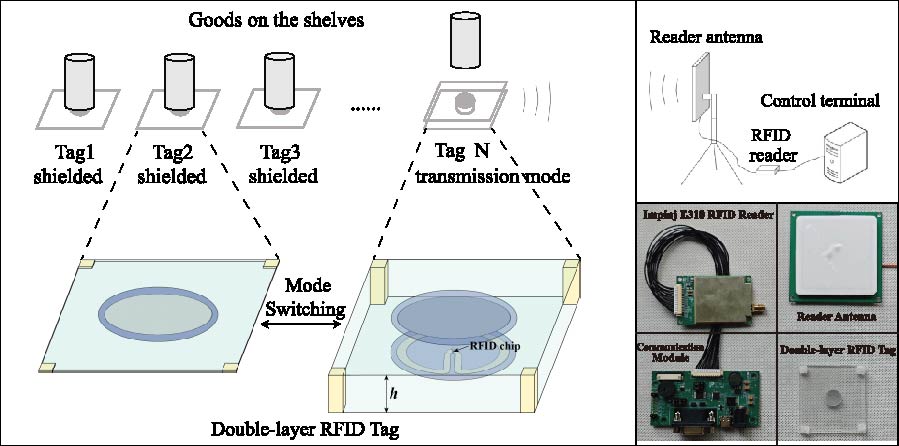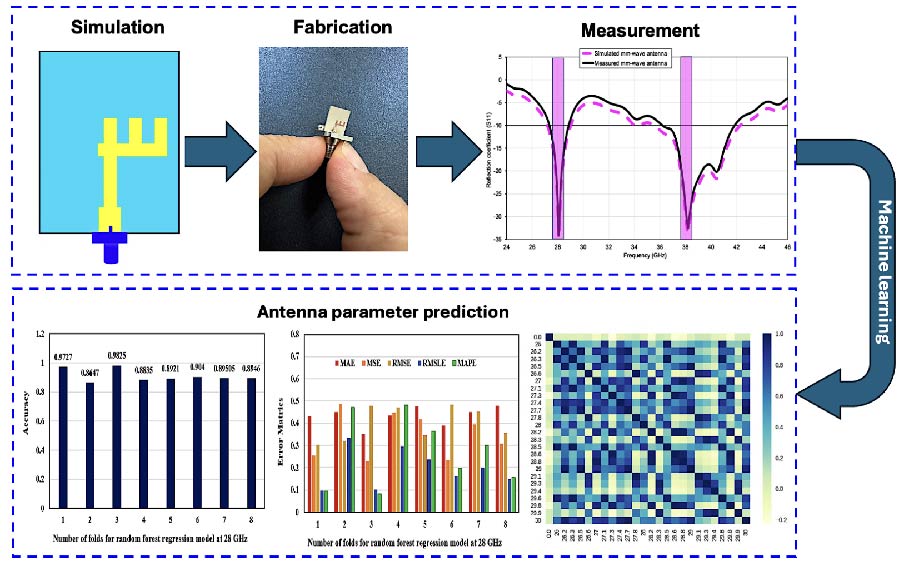2025-12-17 Latest Published
By Sunil K. Dubey
Ashok Kumar Shankhwar
Nand Kishore
Alkesh Agrawal
Progress In Electromagnetics Research M, Vol. 136, 57-67, 2025
Abstract
In the manuscript a novel design of microstrip patch antenna with moderate degree of complexity is proposed in terms of metamaterial based unit cells as radiating patch on the top as well as metamaterial based periodic structure as defected ground structure at the bottom (MRPMGS) for Intelligent Transportation System (ITS) applications. The novel design of patch antenna exhibited multibands with broad-band transmission patterns, improved high gain and compact structure. The MRPMGS has a three layered structure with overall dimensions of 32 mm × 28 mm × 1.6 mm. The top layer with radiating patch has unit cell(s) with dimensions of 3.6 mm × 3.6 mm, and at the bottom the defective ground structure (DGS) has unit cell(s) with dimensions of 4 mm × 4 mm. The middle layer is of FR4 substrate with 1.6 mm thickness. The MRPMGS has experimental (simulated) transmission frequencies at 11.54 GHz (11.24 GHz), 12.91 GHz (12. 98 GHz), and 13.20 GHz (13.48 GHz) with reflection coefficients of -20.91 dB (-25.16 dB), -26.19 dB (-29.36 dB), and -18.94 dB (-26.02 dB) respectively. The VSWR varies between 1 and 3. The radiation efficiency reaches 80%, and high gain varying between 2.35 and 5.5 is achieved at the desired frequencies.
